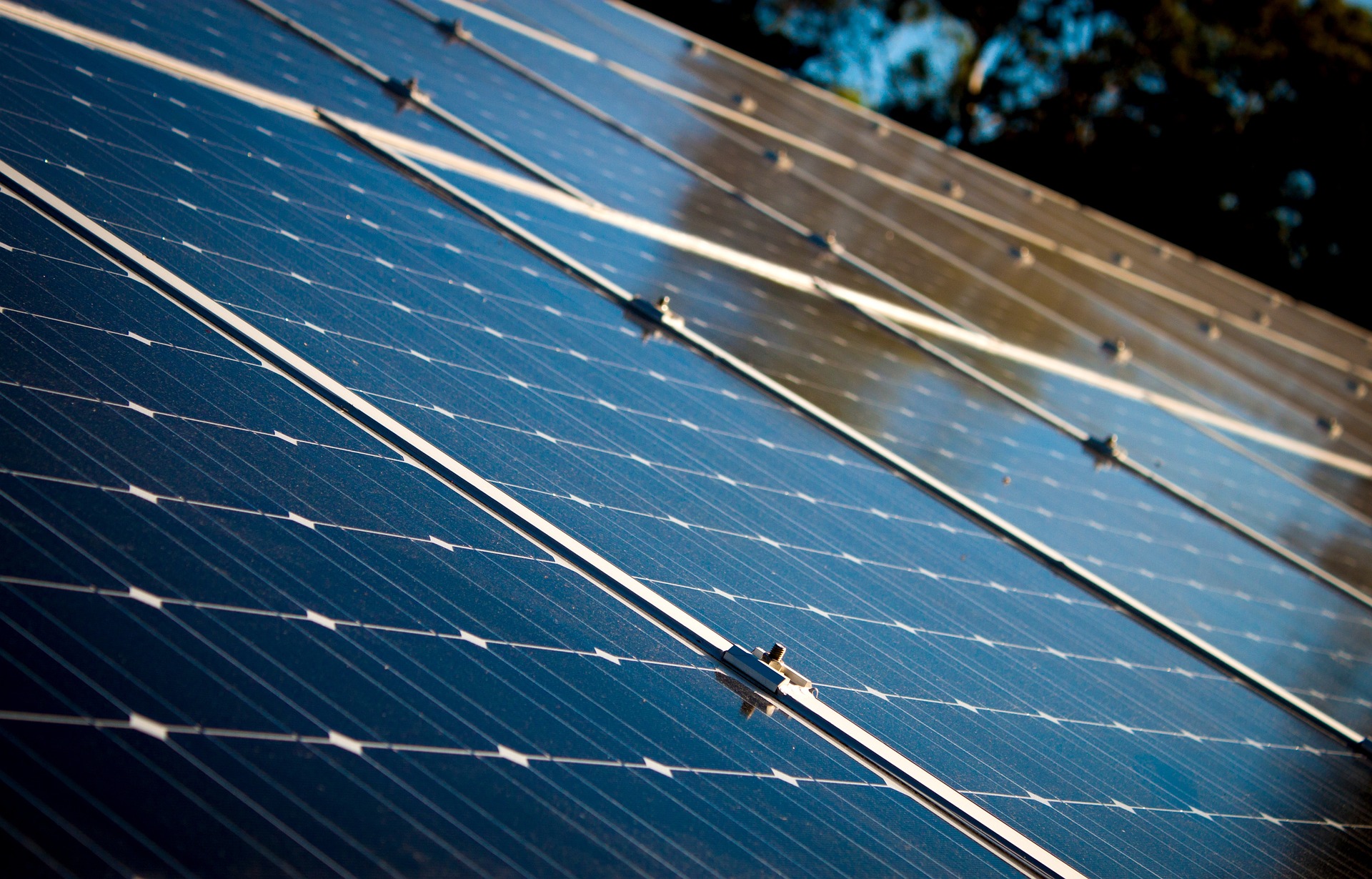Understanding Solar Energy: A Complete Guide for 2025
Solar energy has become increasingly accessible for homeowners across the United States, offering a renewable alternative to traditional electricity sources. As technology advances and costs evolve, understanding how solar systems function, their financial implications, and available incentives can help you make informed decisions about adopting this clean energy solution for your property.
The shift toward renewable energy has made solar power one of the most discussed home improvement investments in recent years. With technological improvements, evolving incentives, and growing environmental awareness, more homeowners are exploring whether solar installations align with their energy needs and financial goals. This comprehensive guide examines the essential aspects of solar technology, from operational principles to brand considerations and government support programs.
How Do Solar Systems Work
Solar systems convert sunlight into usable electricity through photovoltaic cells embedded in solar panels. When sunlight strikes these cells, it creates an electrical current through the photovoltaic effect. This direct current electricity flows to an inverter, which converts it into alternating current suitable for powering household appliances and electronics. Any excess energy can either be stored in battery systems or fed back into the electrical grid, depending on your system configuration and local regulations. The entire process operates silently and requires minimal maintenance once installed, with most systems designed to last 25 to 30 years or longer.
Solar System for Home: What to Consider
Installing a solar system for residential use involves several key considerations. First, evaluate your roof’s condition, orientation, and available space, as south-facing roofs with minimal shading typically yield the best results. Your household energy consumption patterns matter significantly, as system size should match your actual usage to maximize return on investment. Local climate also plays a role, though modern panels perform efficiently even in less sunny regions. Additionally, review your utility company’s net metering policies, which determine how excess energy production is credited to your account. Permitting requirements and homeowner association rules may also affect installation timelines and design choices.
Best Solar Panel Brands: Quality and Reliability
The solar panel market features numerous manufacturers offering products with varying efficiency ratings, warranties, and performance characteristics. Established brands typically provide 25-year performance warranties and 10 to 15-year product warranties. When evaluating options, consider efficiency ratings, which indicate how much sunlight converts to electricity, temperature coefficients that show performance in heat, and degradation rates over time. Domestic manufacturers and international companies both compete in the market, with some focusing on premium efficiency while others emphasize affordability. Research independent testing results and customer reviews rather than relying solely on marketing claims when comparing options.
Federal Solar Benefits: Incentives and Tax Credits
The federal government offers significant financial incentives to encourage solar adoption. The Investment Tax Credit allows homeowners to deduct a percentage of solar installation costs from their federal taxes, though the exact percentage may change based on current legislation. This credit applies to the total system cost, including equipment, labor, and certain related expenses. Some states and municipalities provide additional rebates, property tax exemptions, or sales tax waivers that further reduce upfront costs. Utility companies may also offer performance-based incentives or rebates for solar installations. These programs vary by location and may have specific eligibility requirements or application deadlines, so research options available in your area before proceeding.
| System Size | Estimated Cost Range | Average Monthly Savings | Payback Period |
|---|---|---|---|
| 5 kW | $12,000 - $17,000 | $80 - $120 | 10 - 14 years |
| 7 kW | $16,000 - $23,000 | $110 - $170 | 9 - 13 years |
| 10 kW | $22,000 - $32,000 | $160 - $240 | 9 - 12 years |
Prices, rates, or cost estimates mentioned in this article are based on the latest available information but may change over time. Independent research is advised before making financial decisions.
Are Solar Panels Worth It 2025
Determining whether solar panels represent a worthwhile investment depends on multiple factors specific to your situation. Financial considerations include upfront costs, available incentives, electricity rates in your area, and projected savings over the system’s lifespan. Geographic location affects both installation costs and energy production potential. Homeowners in regions with high electricity rates and strong sunlight exposure typically see faster payback periods. Beyond financial metrics, environmental benefits and energy independence appeal to many adopters. System ownership versus leasing arrangements also impact long-term value. Rising electricity costs generally improve the economic case for solar over time, while declining equipment prices have made initial investments more accessible. Evaluate your personal priorities, financial capacity, and property characteristics when assessing whether solar aligns with your goals.
Solar technology continues evolving, with improvements in panel efficiency, battery storage capabilities, and installation methods. As the renewable energy sector matures, homeowners have more options and information available to guide their decisions. Whether solar panels prove worthwhile ultimately depends on careful analysis of costs, benefits, and individual circumstances rather than universal recommendations.





